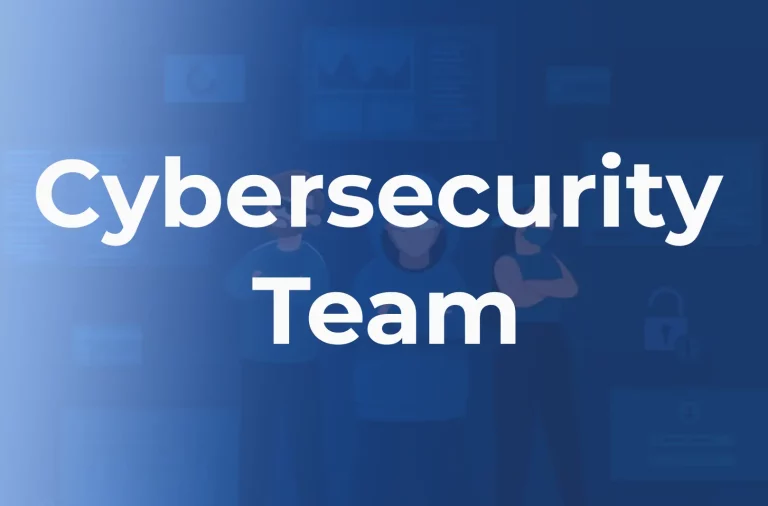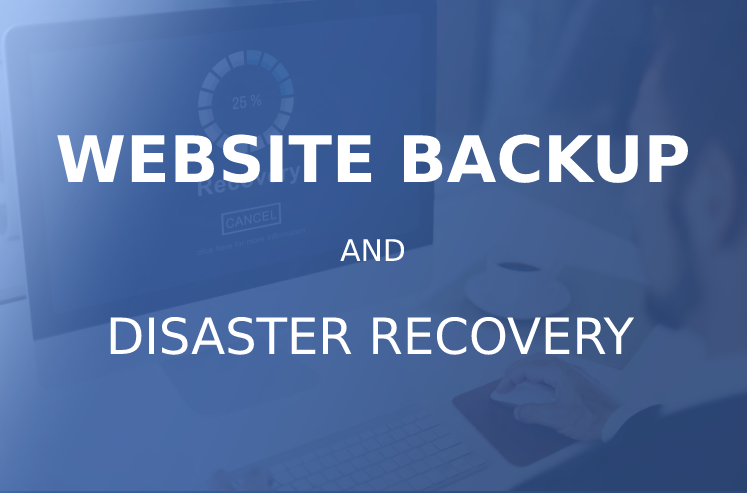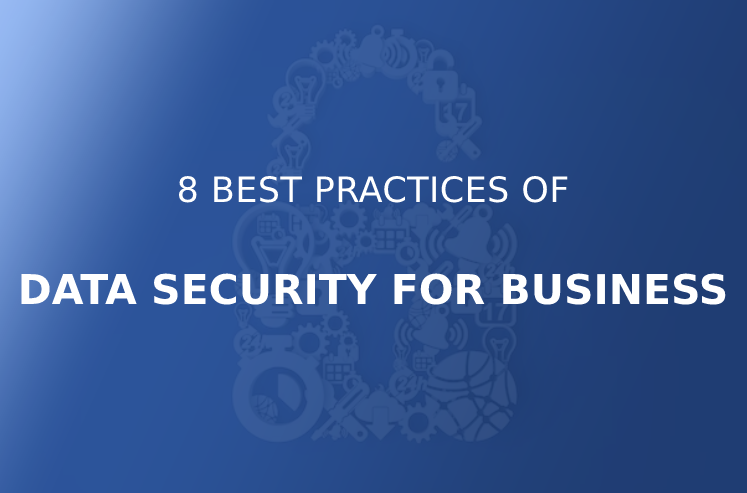Discover the essence of Zero Trust security in 2024 with our insightful guide! We’ll unpack the basics of Zero Trust, its vital significance this year, and the hurdles and solutions you need to know.
Explore how Zero Trust revolutionizes cybersecurity while understanding the challenges organizations face in adopting this model. But fear not – we’ll provide practical best practices to help navigate these hurdles seamlessly.
Join us on this journey to grasp Zero Trust’s pivotal role in safeguarding networks against evolving threats. Get ready to empower your organization’s security with actionable insights for a secure future!

Understanding Zero Trust
Let’s explore Zero Trust security together! Whether you’re taking your first steps into this concept or aiming to expand your knowledge, this section is designed to make the world of Zero Trust security understandable for everyone.
What is Zero Trust and why does it matter?
Ever wondered how to keep your digital space safe without getting lost in tech talk? That’s where Zero Trust comes in. Let’s dive into this security approach without the complicated lingo. We’ll uncover what makes Zero Trust tick and why it’s becoming a game-changer in today’s digital world.
How has Zero Trust evolved to tackle cyber threats?
Explore the journey of Zero Trust models over time. We’ll uncover how these models have adapted and grown to combat the ever-changing landscape of cyber threats, keeping your data and systems safer than ever before.
Why should organizations embrace Zero Trust?
Find out why Zero Trust isn’t just a buzzword—it’s a game-changer for modern businesses. Uncover the practical benefits that come with adopting a Zero Trust approach, and how it can revolutionize security for organizations of any size.
Challenges in Zero Trust Adoption
Implementing a cutting-edge security approach like Zero Trust isn’t all smooth sailing. There are hurdles to overcome that demand attention and strategy.
Integrating Legacy Systems
Imagine introducing the latest high-tech gadget into an old, cherished family tradition – it’s a bit like that when integrating Zero Trust into existing systems. Older technologies may not seamlessly mesh with this modern security concept, requiring thoughtful adaptation.
Organizational Resistance and Culture Shift
Humans are creatures of habit. Shifting mindsets from a traditionally trusting environment to one of continual verification can be challenging. Overcoming resistance and fostering a culture of security consciousness is crucial.
Implementation and Maintenance Complexity
Implementing Zero Trust involves a maze of intricate processes. It’s like building a complex puzzle – ensuring each piece fits perfectly while maintaining it regularly to sustain its effectiveness.
Balancing Security with User Experience
Enhancing security measures should not equate to a frustrating user experience. Achieving the delicate balance between stringent security protocols and a smooth, user-friendly environment is crucial for widespread adoption.
Regulatory and Compliance Hurdles
Meeting stringent regulations while adopting Zero Trust can be akin to navigating a maze with constantly changing rules. Aligning security practices with legal requirements is a must, adding another layer of complexity to the adoption process.
In an era of escalating cyber threats, adopting a Zero Trust Security Model is crucial for safeguarding organizational networks. But how can businesses successfully embrace this paradigm shift while tackling the associated challenges? Let’s explore actionable best practices that can steer companies towards a secure Zero Trust environment in 2024.
Understanding Zero Trust
Before diving into implementation strategies, it’s essential to conduct a comprehensive risk assessment and strategic planning session. By meticulously analyzing potential vulnerabilities and outlining a strategic roadmap, businesses can lay a strong foundation for their Zero Trust journey.
Taking Incremental Steps
Adopting Zero Trust doesn’t necessitate an overnight overhaul. Instead, opt for incremental implementation. Start by securing critical areas first and gradually extend Zero Trust principles across the entire network infrastructure. This gradual approach allows for smoother integration and reduces disruption.
Prioritizing Identity and Access Management (IAM)
In the Zero Trust realm, identity is the new perimeter. Prioritizing Identity and Access Management (IAM) involves stringent control over user access. Implementing robust IAM policies and technologies ensures that only authorized individuals gain access to sensitive data or critical systems, mitigating potential threats significantly.
Continuous Monitoring
The essence of Zero Trust lies in continuous vigilance. Emphasize continuous monitoring to detect anomalies promptly. Incorporate adaptive controls that dynamically adjust security measures based on real-time threats, enabling swift responses to emerging risks.
Secure Integration with Cloud Services and Vendors
With businesses increasingly reliant on cloud services and partnerships with third-party vendors, integrating these elements securely into a Zero Trust framework becomes imperative. Establish secure protocols and controls for interactions with external entities, minimizing the attack surface.
Empowering Employees
People remain a pivotal point in any security strategy. Educating and training employees on Zero Trust principles and best practices fosters a security-conscious culture. It equips them to identify potential threats and adhere to security protocols, enhancing the overall resilience of the organization.
Real-world Case Studies
Discover how organizations have successfully implemented zero trust security models into their infrastructures. Explore compelling case studies that showcase practical applications of zero trust principles in diverse business environments. From global enterprises to smaller companies, these stories unveil the challenges faced, the strategies employed, and the remarkable outcomes achieved through the adoption of zero trust.
Delve into Successful Implementations
Uncover how leading companies navigated the implementation of zero trust security. Learn about their unique approaches, technological integrations, and the pivotal steps taken to ensure a seamless transition to a zero trust framework. These case studies highlight the benefits reaped by organizations that embraced this innovative security paradigm.
Lessons Learned and Key Takeaways
Gain invaluable insights from the experiences of organizations that implemented zero trust. Understand the key lessons learned, the hurdles overcome, and the practical takeaways that can guide your own journey toward zero trust adoption. Extract actionable strategies and tips that can empower your organization to navigate the challenges effectively and maximize the benefits of zero trust security.
Key Takeaways
In wrapping up our exploration of Zero Trust Adoption, let’s emphasize its crucial role in modern cybersecurity. Zero Trust challenges traditional security mindsets by continuously verifying every user and device accessing resources. Despite challenges like cultural shifts and integration complexities, implementing practices such as thorough risk assessment and role-based access controls can ease this transition.
As we look to 2024 and beyond, Zero Trust isn’t an option but a necessity. It offers a proactive defense strategy against evolving threats. By embracing Zero Trust, organizations build resilient security, mitigating risks and empowering their workforce in digital interactions.
Need reliable network support services? Look no further than ITAdOn! Based in Washington DC, we offer top-notch solutions for all your network support needs. Get in touch with us today for the best-in-class support and solutions tailored to your requirements.






